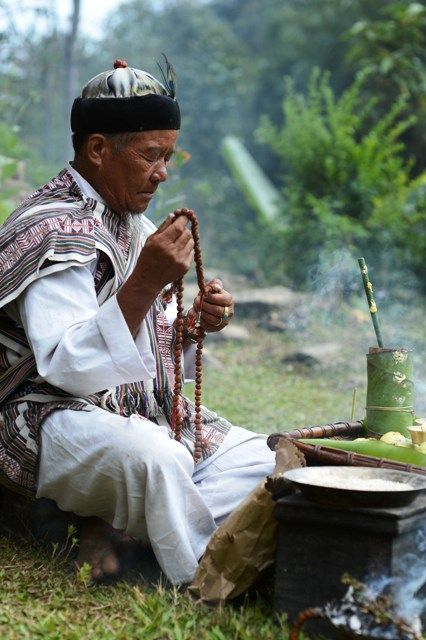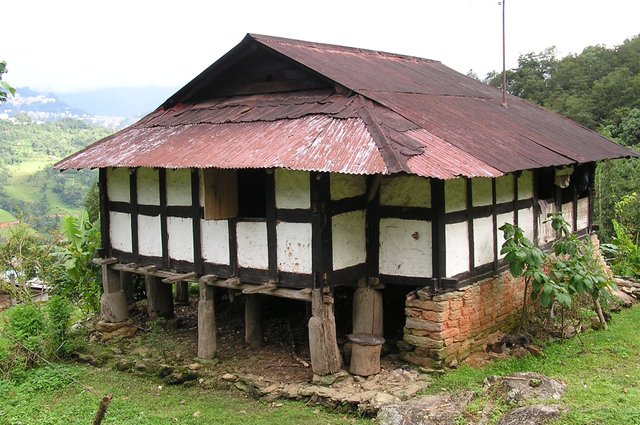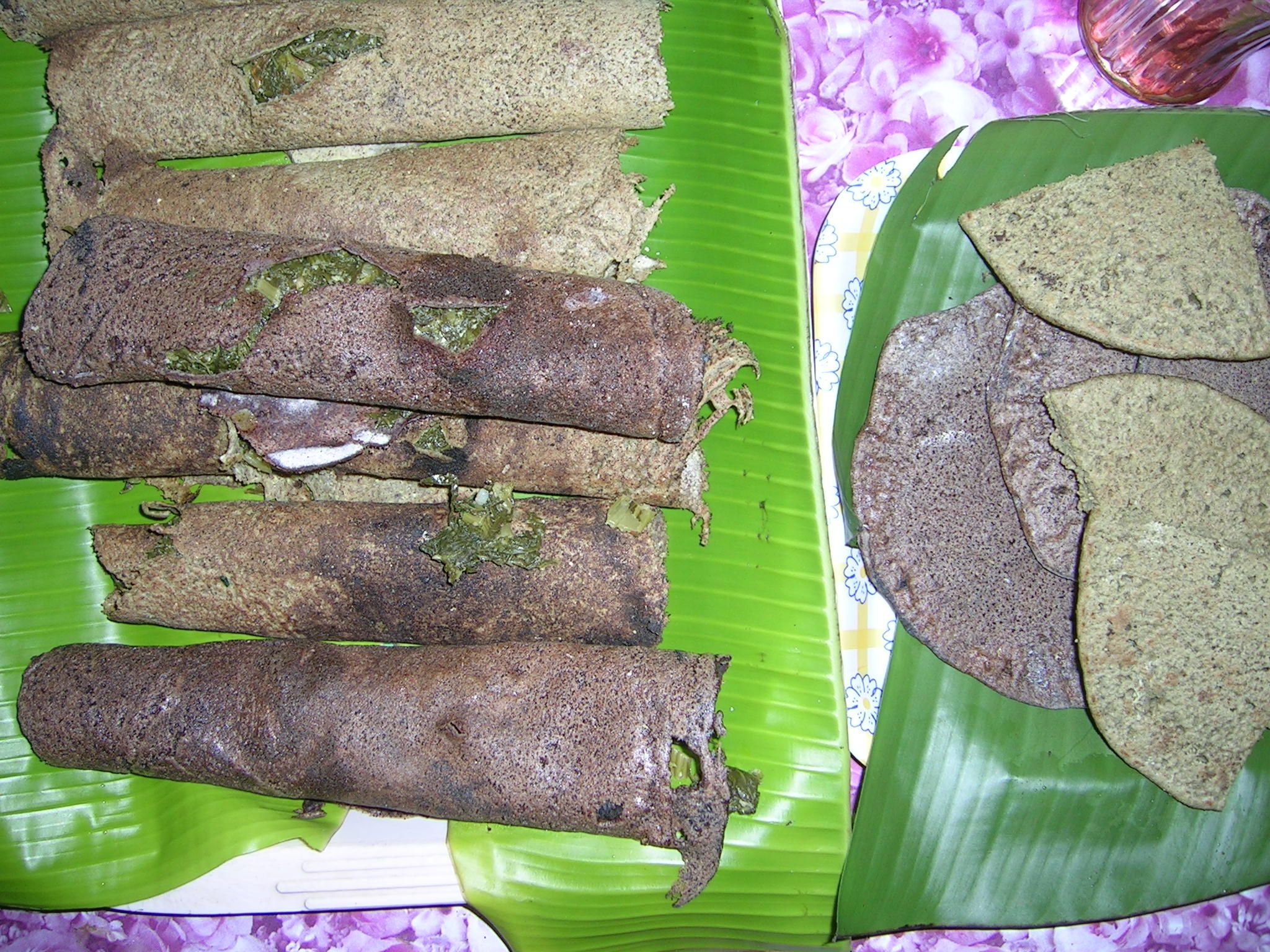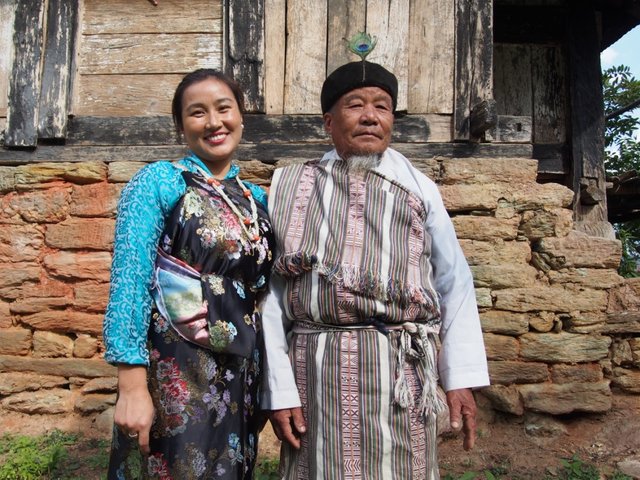Visit of a Lepcha Tribal Village in the Sikkim Himalayas
The Lepcha people is one of the scheduled tribe in India and one of the indigenous peoples of Sikkim. Lepchas also live in south-western Bhutan, Tibet, Darjeeling, and Eastern Nepal. Their number in Sikkim is estimated to between 30,000 and 50,000. They speak a Tibeto-Burman language, also called Lepcha written in its own indigenous script.[1] Though the Lepcha converted to Buddhism in the eighteenth century their beliefs can be described as syncretic. Munism (also called Bongthingism) is the traditional practice that centers on muns, Shamans, and healers, called bongthing.[2] The Lepcha worship Mt Kanchenjunga, which they call Kingtsoom Yaongboo Choo, as their guardian deity. As Lepcha mythology sees their ancestors created by God from the pure snows of world’s third highest peak[3].Lepcha in Sikkim are granted special rights such as seat reservation in the legislative.[4] Nevertheless, many perceive their culture under threat[5].

The United Progressive Organization of Sikkim (UPOS), a local NGO, inter alia aims at preserving the Lepcha heritage. With this in mind the UPOS has taken a 20 years lease of the oldest house in the Rey village. It is said to be built 300 years ago and has been preserved in the original manner. It is the only one of this kind still standing. The house rests on tree trunks that stand on stones which make it resistant to earth quakes. No nails are used for the construction but interlocking wooden beams. The house has basically two rooms, one for cooking and eating, and the other for sleeping and the altar. The laundry and washing was done on the adjacent veranda. The space below the house served as barn for the cattle. Above the open fire place meat was smoked. Below the roof, the people stored food items. It was a simple life in tone with nature and the seasons.

Terralya Travels has a good network in Sikkim and can organize cultural tours to the Lepcha village. The villagers welcome interested visitors to the historic house wearing their traditional dress, the female version called dumvon and the male version thokro-dum[6].
After a tour of the house complete with explanations about the way of life in this traditional Lepcha house, the bongthing will perform a welcome ritual for good luck. The bonghting is already in his seventies but still offering his spiritual services to the local community. These range from curing diseases to perform pujas (rituals) in the name of spirits, mountains and forest.
After the ritual the guests will be treated to a traditional Lepcha delicacy, a buckwheat roll filled with spinach and cheese served in a banana leaf as well as home-made rice puffs and chang, a local fermented millet beer[7]. This makes a visit to the historic house and experience pleasing all senses and offers an insight into the culture of Lepcha.

Equally worth is a stroll in the village which features black sugar cane plantings, paddies and small gardens for subsistence farming. Visitors who are in for a short climb can reach the Katen Namgyalling Monastery which is used by the Lepcha community. This visit offers an insight in local Buddhist culture far off the tourist trail. The Katin Namgeling Monastery has recently been rebuilt because the old one was damaged by an earth quake. The rich paintings were applied by Sikkimese masters and are the pride of the Lepcha community. The old monastery at this place was a structure made from clay. Behind the monastery you will find the remaining old clay stupa.vi
If one ventures further into the woods one finds the funeral ground of the monastery. Buddhist cremations are performed here. Testimony to it can be seen at the monastery but also along the roads almost everywhere in Sikkim: 108 white prayer flags are hanged onto the trees and bamboos. For this occasion the colour white stands for good departure and the mantras on the flags are believed to be multiplied by the wind and the merit will be earned by the deceased.
More information can be found here:
https://www.terralaya.com/de/indien-himalaja-sikkim-reisen.php
https://www.terralaya.com/de/gruppenreisen.php
https://www.bambooretreat.in/village-tour.php

[1] http://www.unesco.org/archives/multimedia/?pg=33&s=films_details&id=1782
[2] https://en.wikipedia.org/wiki/Lepcha_people
[3] http://sikkim.nic.in/north/html/lepcha.htm
[4] http://www.indiatogether.org/tribal-seat-reservation-issue-rakes-up-storm-in-sikkim-government
[6] http://sikkim.nic.in/north/html/lepcha.htm
[7] https://www.livehistoryindia.com/history-in-a-dish/2017/05/28/chhang-the-beer-of-the-himalayas